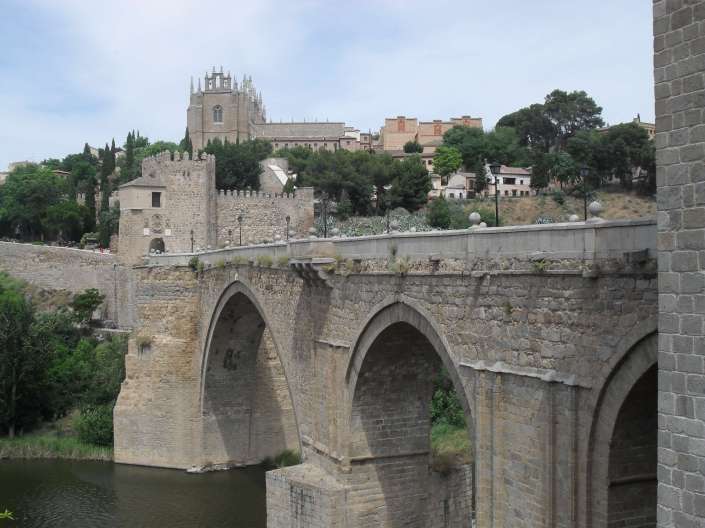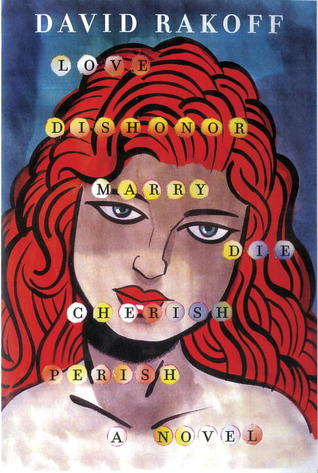Now that we are in the last few days of August, it is time for my literary round-up of the month. This month, I read two very different but equally gripping novels. My August reading material began with a trip to Spain and then to Morocco in The Seamstress by María Dueñas.

Note: You can also find María Dueñas’s novel under the title The Time In Between (click here to see its Amazon page). It is identical to The Seamstress, just with a different title.
“Born in the summer of 1911”, Sira Quiroga grows up in Madrid. From the age of twelve, she works as an apprentice to a dressmaker in the same workshop where her mother worked. Her life is simple, predictable, stable. “My ambitions remained close to home, almost domestic, consistent with the coordinates of the place and time in which I happened to live” (p. 3). But when she is seduced by a man who persuades her to run away with him to Morocco, her life begins to change. Her suitor betrays her and steals her money, leaving her alone in a country of which she knows nothing. This is when the novel really starts to pick up the pace. The first few chapters laid the groundwork and the background for Sira’s character but the chapters in Morocco are the ones I enjoyed most.
By now, the Civil War is raging in Spain and Sira can’t go back to Madrid, as much as she longs to return home and to see her mother, who she has no way of contacting. She is stuck in Morocco, she has no money and her duplicitous lover left her with a large debt to pay. So, Sira turns to the only trade she knows: dressmaking. Her years spent sewing dresses in a Madrid shop meant that she is an expert at her trade.
Between 1912 and 1956 in Morocco, the Spanish established the Protectorado español en Marruecos (the Spanish Protectorate) and during the Spanish Civil War many expat Spaniards and their Nazi German friends lived there. Sira manages to achieve success by setting up an atelier and sewing dresses for the Spanish and German women. “Bit by bit the business began to flourish, word began to spread” (p. 173).
The novel spans a wide arc from pre-Civil War Spain, to Morocco during the Civil War and finally to Franco’s Spain during the time of World War II. The Seamstress is full of detail and at 600+ pages (609, to be exact) I read it slowly, enjoying a few chapters each day. María Dueñas has a PhD in English philology and teaches at the University of Murcia, in the south-east of Spain. Her academic expertise and research skills are evident in the novel. She includes a lengthy bibliography of the sources and texts she consulted while writing. The historical detail is wonderful and the plot is constantly developing. Despite having studied the Spanish Civil War, I knew nothing about the Spanish Protectorate in Morocco and its role during the Guerra Civil. The Seamstress made me want to find out more. Although the protagonist is a fictional character, many of the other people who appear in the novel were real people, including Rosalinda Fox, who had a fascinating life.
There are some areas where the novel dragged a little. The detail is wonderful and really sets the scene but there is a lot of it and I think some skilful editing would make a difference. On the whole, though, I can’t really fault this book. The plot is engaging, the setting is atmospheric and I liked the central character. Some reviews I read called Sira a shallow character but personally, I disagree with that judgement. She is an enterprising, resolute young woman and it is a credit to Dueñas’s proficient writing that Sira matures and develops throughout the novel. It is a great, memorable novel and I look forward to reading more from Maria Dueñas.

My second August read was Serena by Ron Rash. I have just finished reading it and it is in sharp contrast, both in setting and in characters, to my first August read. It begins in 1929 in the Appalachian mountains of North Carolina, where George Pemberton and his wife, Serena, set up camp. Pemberton is a timber baron who oversees a logging empire: the Pemberton Lumber Company. But the title of the novel is really the key to its contents: Serena, a determined, ruthless and ambitious woman who stops at nothing to get what she wants, is at the heart of this story. Her name is an ironic choice; she is anything but serene.
Rash’s writing hooks the reader in right from the first paragraph:
“When Pemberton returned to the North Carolina mountains after three months in Boston settling his father’s estate, among those waiting on the train platform was a young woman pregnant with Pemberton’s child. She was accompanied by her father, who carried beneath his shabby frock coat a bowie knife sharpened with great attentiveness earlier that morning so it would plunge as deep as possible into Pemberton’s heart.” (p. 3)
Throughout the book, Serena and Pemberton’s story interweaves with the young woman’s, whose name is Rachel Harmon. Rachel is by far the most sympathetic character in the novel. She struggles to raise her son with almost no acknowledgement from Pemberton; he doesn’t even remember her name.
There are many reviews where Serena is called an “Appalachian Macbeth” and I can clearly see the resemblance. Serena is an extraordinary character, very similar to Lady Macbeth. Like Lady Macbeth, Serena works to get rid of those who fall into disfavor. The reader is only shown glimpses of her background; she refuses to think about the past and only looks forward to the future. Her parents and siblings died in the Spanish flu pandemic of 1918 and when asked who was managing their Colorado estate, she responds simply, “I had the house burned down before I left” (p. 55).
Neither Pemberton nor Serena are sympathetic characters and I found it very hard to get close to them. Their harsh, ruthless actions lead to violence and murder in the camp. Serena is the lead, encouraging Pemberton on in their trail of murder and destruction, but he follows willingly. What bothered me the most is that they don’t show remorse or guilt for their actions; they come across as being psychopathic. Serena appears to have no empathy for others whatsoever.
Although the craziness of Pemberton and Serena is a constant presence throughout the book, comic relief is provided by one of the workers at the logging camp. Ross’s shrewd comebacks made me smile more than once. When the fanatical lay preacher, McIntyre, tells the workers that “The only signs you need to follow is in the Bible”, Ross responds with dry humor:
“What about that sign that says No Smoking on the dynamite shed,” Ross noted. “You saying we don’t need to follow that one?” (p. 63)
I have mixed feelings about this novel. I stayed up late to finish reading it because I wanted to know what happened. It really held my attention and that is always a good thing in a book. Ron Rash writes well and I like his gritty style. But some elements of the plot irritated me because of their sheer implausibility such as the old woman who can see the future and helps the Pembertons out with her psychic powers. There is another similarity to Macbeth here: she reminded me of the Macbeth witches and their prophecy.
By the time I finished reading the novel, I felt that the senseless actions of the Pembertons became too over-the-top. They seem one-dimensional because of their sheer lack of compassion for anyone and their obsessive relationship with each other. I hoped that by the end of the novel Rash would elucidate the motivations for Serena’s unrelenting greed and ruthless ambition but he does not dwell on her motives.
A movie adaptation of Serena (Serena at IMDB) is currently in post-production. Jennifer Lawrence plays Serena and Bradley Cooper is Pemberton. At the time of writing this, there is no US release date but it will most likely be released at some point in 2014.
What did you read in August?




















